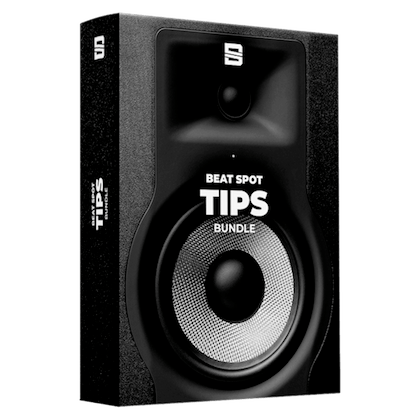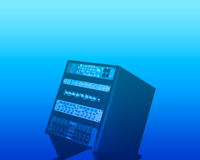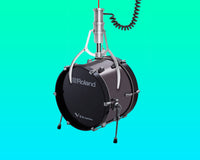Drum breaks are a crucial part of many music genres, from hip-hop to electronic. As musicians and producers, it's important that we know how to clean up and modernize these breaks effectively. In this article, I will provide a detailed analysis and step-by-step guide on cleaning up drum breaks based on Julien Earle's tips from Electronic Samples, supplemented with my personal experiences.
1. Initial Analysis:
The original sample used in this experiment is an amen break. Julien begins the process by making an audio effect rack, focusing first on the highs. After adjusting the return, floor, and release parameters, he moves onto the mids. His process is claimed to significantly reduce the muddy and dark aspect of the amen, resulting in a clean, modern, and punchy break.
2. Trying it Out:
Inspired by Julien's process, I downloaded the same sample and gave it a try. An important element I noticed was the role of slope choice in filters. Depending on where the crossover frequency is placed, you may encounter annoying resonances that disrupt the tone of the sample.
3. Using the Beats Warp Algorithm:
I found that the Beats Warp algorithm offers a faster alternative to Julien's method. I combined this with the drumbus, which Julian used, and the result was similar.
4. Experimenting with Other Tools:
I decided to experiment with a range of other tools and techniques. These included the gate rack, the smart gate, the SPL de-verb, and a mix of techniques. My favorite method, however, was using multiband expansion. I found this gave a cleaner result, even when using only native Ableton plugins.
5. Manual Editing:
In an attempt to further refine the sound, I tried doing everything by hand. This involved chopping the samples, trimming the tails, and mixing the whole thing together. On the group bus, I included the drum bus and made slight mixing adjustments to the kick, snare, and cymbals.
6. Analyzing Julien's Final Result:
Upon examining Julien's final output, it was clear to me that some parts were over-gated, causing gaps and choking some sounds. This made me appreciate the control offered by the Pro MB and multiband dynamics even more. With these tools, I could easily move the crossover frequencies all within one instance without needing to go through different channels. Plus, it gave me more control over blending, as opposed to an all in or all out scenario presented by gating.
7. Final Thoughts:
Overall, if you are looking to clean up drum breaks, it is crucial to consider the tools you use and the methods you employ. Some techniques may work better than others, and it may take some experimentation to find the best fit for your sound. It's also essential to remember that if you're seeking to chop your sound, you might want to work with samples rather than trying to modify an existing break.
I hope this guide and analysis provides you with a better understanding of how to clean up drum breaks and inspires you to experiment with different techniques and tools. Remember, at the end of the day, the magic of drum breaks is in their combined sound, and preserving that essence should always be a priority.
Happy producing!







